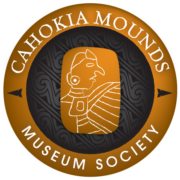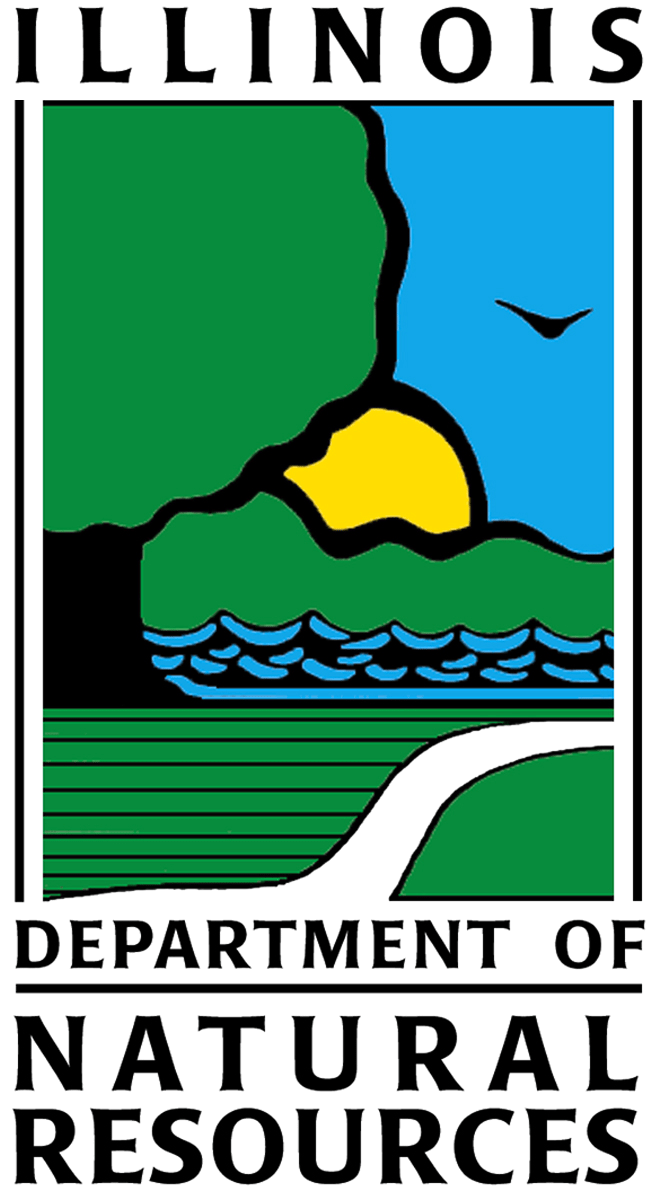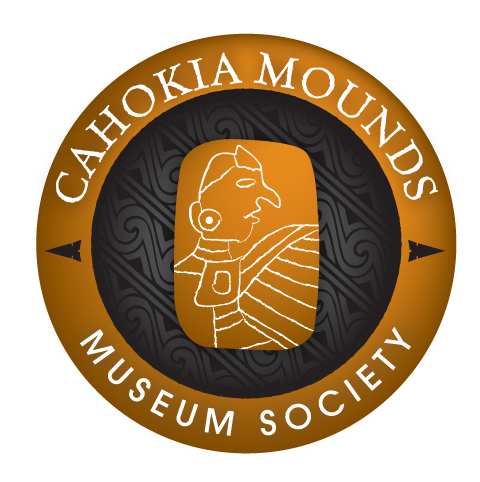Mound 78
Mound 78 is also known as the Jondro Mound. In the 1923 map, Moorehead shows a mound to the southwest of Mound 46 that he numbers 83. It is obvious that, in this period, Moorehead confused what Patrick had number ed Mound 46 with the Powell Mound, which in fact was a large mound much further to the west. On the 1929 map, Mound 83 is near Mound 66, but the mound he had numbered 83 in 1923 is numbered 78. There is further confusion in Moorehead’s publication of 1929 (pages 51 and 52) in that he refers to the Jondro Mound as Mound 86, whereas he has no number 86 listed on any of his maps. His highest number on any map is 85. Because all of Moorehead’s maps show a mound southwest of Mound 46, I assume that 78 and 83 are the same mound and use his last number,78, for this mound. The only clue that Moorehead gives us as to its location is that “it lies nearly a mile and half west of Monks Mound” (Moorehead 1929: 51). It is Moorehead’s supposition that the mound was originally conical but was diminished by cultivation. Its height at Moorehead’s time varied between 4 and 6 feet (1.2 and 1.8 meters).
In his map of the unnumbered mounds of the Powell group (Mounds 84, 85, 86, and 87 on the UWM Map), Patrick shows a mound southeast of the Powell area. The 1931 USGS compilation map shows a mound in the same location, undoubtedly Moorehead’s Jondro Mound. It is still visible today, although it is not apparent as a distinct contour on the 1966 UWM Map. I am not sure that the mound labeled 78 on the UWM Map is indeed the Jondro Mound, but because so much confusion surrounds its location the 1929 numbering is retained.
Moorehead cut a north-south trench through the mound, and another trench at the south end extended 20 feet (6.1 meters) in a northwest direction. Twenty-four whole burials and fragmentary remains, enough to account for 16 or 17 more burials, were found (Moorehead 1929: 51). There was a smaller mound covered by the north end of Mound 78. Nothing was found in the smaller mound; the burials were apparently placed in the fill over it. Fragments of a pottery vessel, the only artifact recovered from the mound, were found at the head of one burial. At the opposite end of Mound 78, a pit about 6 feet (1.8 meters) deep was found with a skull in it. It may have been an offertory pit, or perhaps it was a post pit similar to that found in Mound 72.
Moorehead provided other information to more precisely locate Mound 78: “About two hundred feet north of the mound is a depression from which earth and gumbo were taken for this mound: a similar one lies one hundred seventy-five feet south of the mound” (Moorehead 1929: 52).




